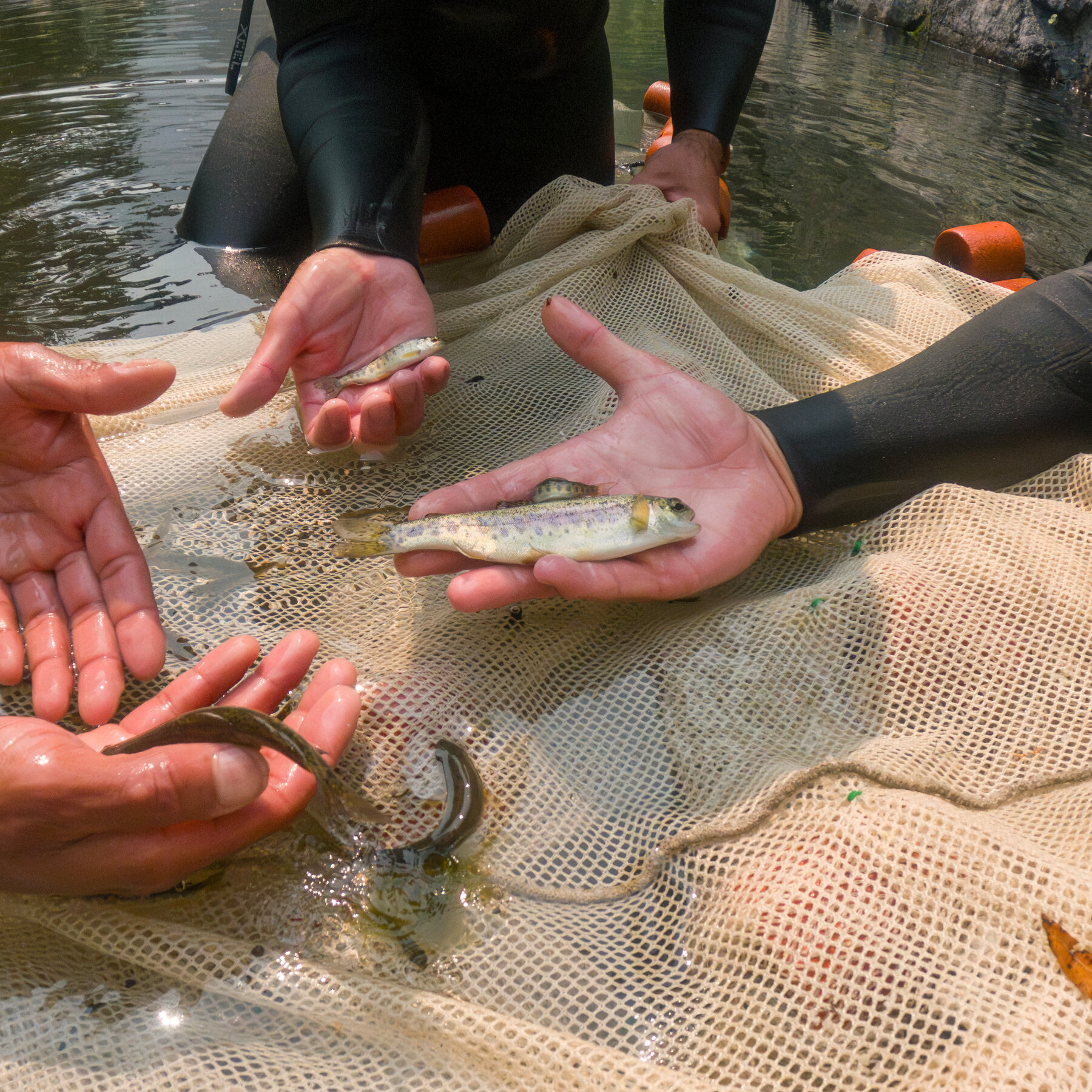Science
Salmon Return to Klamath River After Dam Removal in Oregon

The Klamath River in Oregon has witnessed a remarkable ecological revival with the return of salmon after a century-long absence. Following the removal of the last dam in 2022, these fish have been spotted in the river’s headwaters, marking a significant milestone in the ongoing river restoration efforts.
The dam removal, part of a larger project aimed at restoring the river’s natural ecosystem, has created new habitats for the salmon. For over a hundred years, the presence of dams had disrupted the salmon’s spawning routes, severely impacting their populations. The successful return of these fish signals not only a positive outcome for biodiversity but also offers hope for local ecosystems and communities.
Impact of Dam Removal on Local Ecosystem
The restoration project has garnered support from various stakeholders, including local Tribal Nations and environmental organizations. These groups have highlighted the cultural and ecological importance of salmon to the region. The return of the fish is seen as a vital step towards restoring the river’s health and the traditions associated with it.
According to the U.S. Bureau of Reclamation, the dam removal is expected to benefit not only salmon but also other species that rely on the river ecosystem. The project aligns with broader conservation goals aimed at enhancing water quality and restoring natural flow patterns, which are critical for the survival of multiple aquatic species.
The success of this initiative is particularly significant given the history of ecological degradation along the river. For decades, the Klamath River faced challenges ranging from water diversion for agriculture to pollution, which further hindered salmon populations. The collaborative efforts to address these issues have led to significant improvements in water conditions, fostering an environment conducive to the fish’s return.
Community Involvement and Future Prospects
Community involvement has been central to the project’s success. Local residents and volunteers have participated in various restoration activities, from planting native vegetation to monitoring water quality. This grassroots engagement has not only increased awareness about the river’s ecological importance but has also strengthened community ties.
As salmon begin to repopulate the Klamath River, the long-term implications for local fisheries and the economy are being closely monitored. The return of this iconic species is expected to revitalize local fishing practices, which have suffered due to the decline in fish numbers. In addition, the resurgence of salmon is likely to attract ecotourism, providing new economic opportunities for communities along the river.
The Klamath River restoration project serves as a powerful example of how collaborative efforts and strategic environmental management can yield positive outcomes. The successful return of salmon demonstrates the resilience of nature and the potential for recovery when human intervention is thoughtfully applied. As the project continues, stakeholders remain optimistic about further ecological improvements and the lasting benefits for future generations.
-

 Science2 months ago
Science2 months agoInventor Achieves Breakthrough with 2 Billion FPS Laser Video
-

 Health2 months ago
Health2 months agoCommunity Unites for 7th Annual Into the Light Walk for Mental Health
-

 Top Stories2 months ago
Top Stories2 months agoCharlie Sheen’s New Romance: ‘Glowing’ with Younger Partner
-

 Entertainment2 months ago
Entertainment2 months agoDua Lipa Aces GCSE Spanish, Sparks Super Bowl Buzz with Fans
-

 Health2 months ago
Health2 months agoCurium Group, PeptiDream, and PDRadiopharma Launch Key Cancer Trial
-

 Top Stories2 months ago
Top Stories2 months agoFormer Mozilla CMO Launches AI-Driven Cannabis Cocktail Brand Fast
-

 Entertainment2 months ago
Entertainment2 months agoMother Fights to Reunite with Children After Kidnapping in New Drama
-

 World2 months ago
World2 months agoR&B Icon D’Angelo Dies at 51, Leaving Lasting Legacy
-

 World2 months ago
World2 months agoIsrael Reopens Rafah Crossing After Hostage Remains Returned
-

 Business2 months ago
Business2 months agoTyler Technologies Set to Reveal Q3 Earnings on October 22
-

 Health2 months ago
Health2 months agoYouTube Launches New Mental Health Tools for Teen Users
-

 Entertainment2 months ago
Entertainment2 months agoRed Sox’s Bregman to Become Free Agent; Tigers Commit to Skubal









